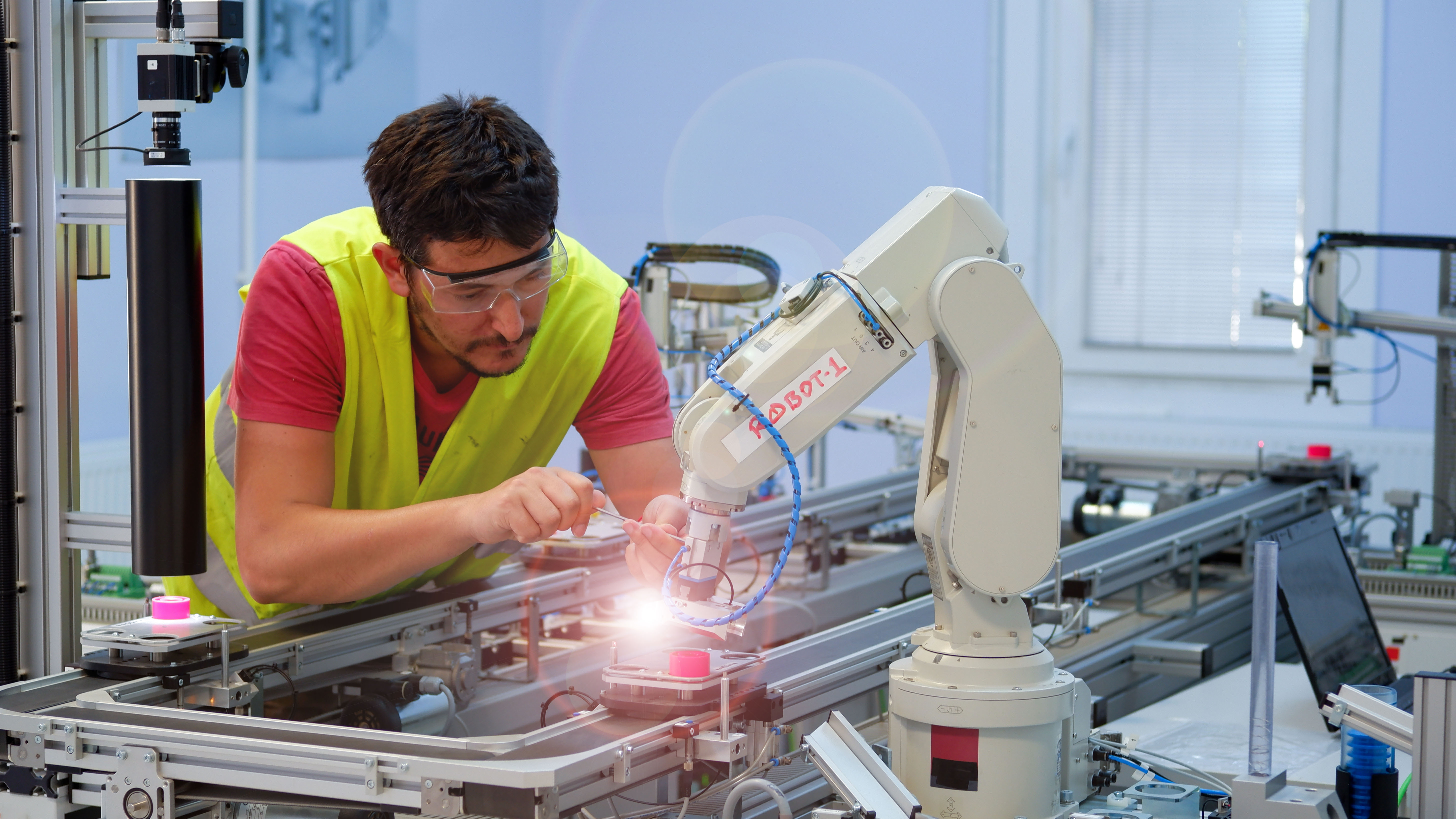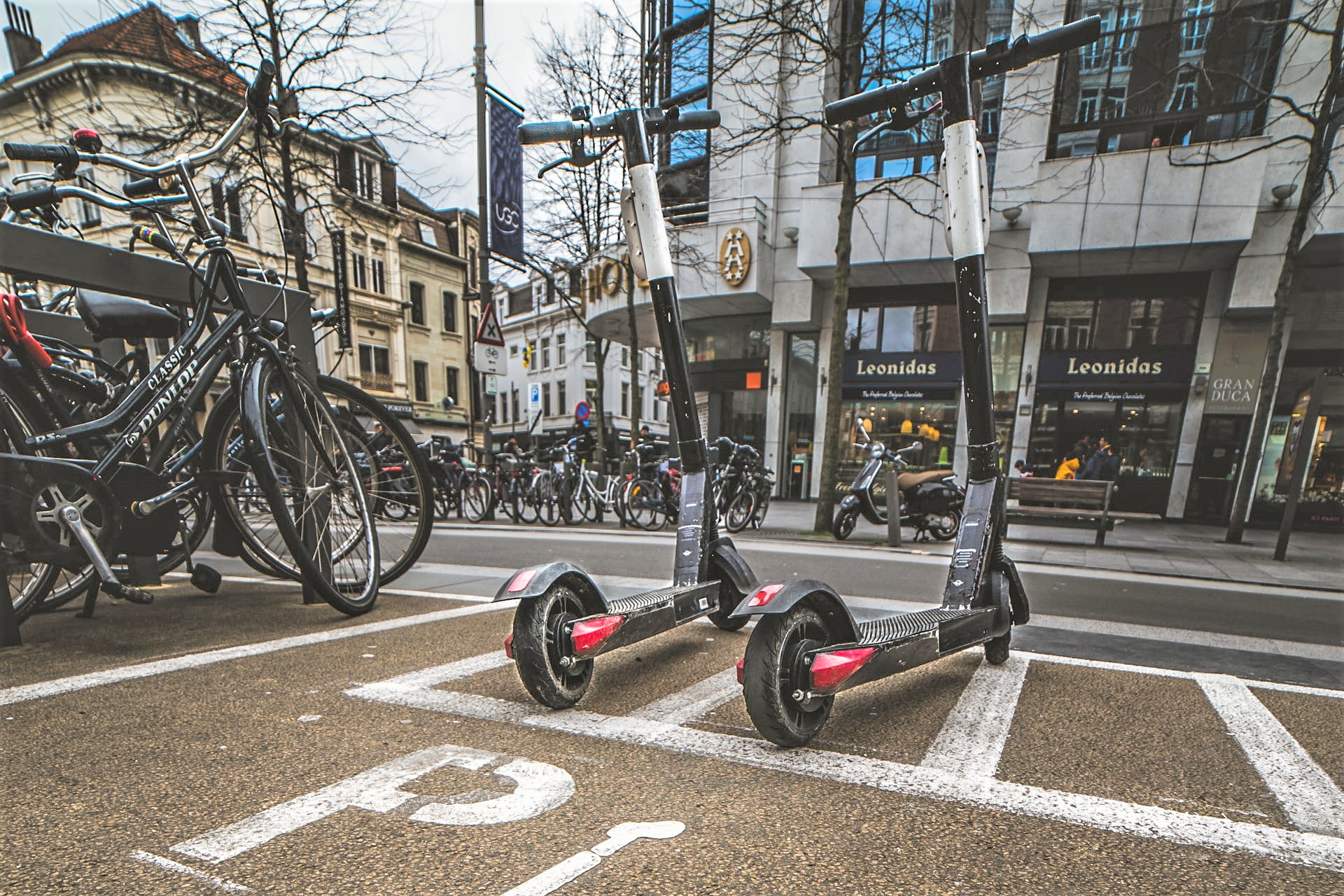Making sense of transport development post-COVID-19
The COVID-19 pandemic has disrupted all of our lives. And amidst the crisis it is impossible to envision how long it will last, or how life will be different once it is over. On the issue of mobility, however, a recent report by McKinsey & Co offers an optimistic forecast: this short period of disruption won’t affect existing major trends.
But first the bad news. As a result of lockdowns mobility around the world came to an abrupt halt. Commuting came to a standstill and consumer spending plummeted, especially for big ticket items such as automobiles. At one point over 90% of automobile-related factories globally were shuttered.
Public transport suffered as well. Major cities around the world reported a plunge in ridership ranging anywhere from 70% - 90%. Operators faced a frightened public afraid of potentially unhygienic and crowded confined spaces. And the additional costs of daily deep cleaning, temperature checks, and reduced carriage capacity required of social distancing.
Cars have rebounded, so have greener modes
As lockdowns have evolved into social distancing, cars have become the preferred safe choice. Usage has rebounded, but so have aggressive solutions for other forms of mobility. For example, Bogotá, Colombia has added 76 kilometres, or 47 miles, of cycle lanes. Other cities, including New York City, have closed several streets to traffic. In an extreme case, Oakland, California, has blocked cars off 74 miles of streets to encourage cycling and walking.
McKinsey suggests that although the ongoing need for physical distancing will significantly impact mobility choices in the future, what people choose will largely depend on their pre-pandemic behaviour. Car owners, for example, will use them more. Those accustomed to public transport over relatively short distances may switch to cycling or walking. And for longer distances use a mix of modes, including micromobility (electric scooters and bikes).
Data from China, the country first hit and the first to ease out of lockdowns, confirms this. Private cars, walking, and biking have increased the most share since the pandemic began, while bus and subway ridership remain declined.
A boost for driverless
One aspect of the long-term preference for automobiles will be the further development of autonomous vehicles (AV) and electric vehicles (EV). How those develop, however, will depend on existing consumer behaviour and government regulations, which differs by country and region.
In China, the furthest along in COVID-19 recovery, the government might increasingly place limits on private-car ownership in cities, with limited exceptions for EVs. The adoption of EVs and shared-mobility solutions could accelerate in urban environments.
In the US, the future growth of EV’s and AV’s will have less to do with post-pandemic response and more to do with the regulatory environment and the price of oil. And in the future mobility in the US will be dominated by petrol-powered vehicles on roads.


Europe will experience a dip in overall car sales, but the EV market won’t be negatively impacted as strict emission standards will most likely remain. Post COVID-19 adaptations will see an increase in shared mobility solutions and a boost to EV sales should green-mobility incentives currently being discussed be approved.
So what does this mean for future infrastructure development? For one thing, road and highway construction is not going away; if anything, the need may be enhanced. For another, public transport solutions on their own may no longer be enough. From now on public transport should be integrated into a mix of mode preferences, including micromobility, cycling and walking. This new reality will shape planning and development outcomes for the foreseeable future.

 Infrastructure Futures Report
Infrastructure Futures Report





